Get Premium access to all the latest content online
Subscribe and view full print editions online... Subscribe
Proudly defying definition, Sardinia's diversity is reflected in its autochthonous grapes and landscapes encompassing phoenician remains, breaktaking cliffs and flamingo-dotted lagoons
Sponsored by: Italy
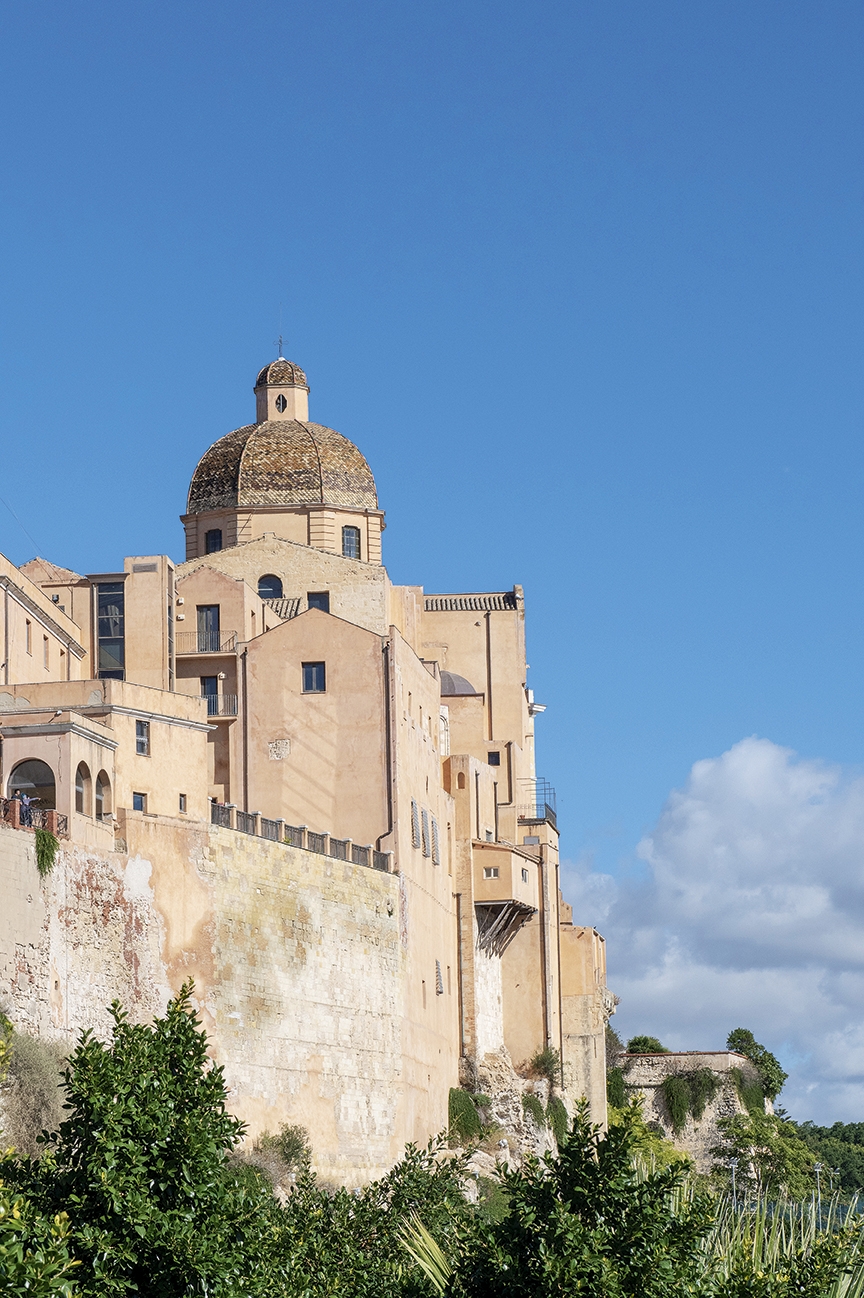
Sardinia: almost a continent. In the early Sixties writer Marcello Serra paid tribute to the enormous richness of this island, the title of his book referencing the fact that no two journeys are the same. From the glitzy atmosphere of the Costa Smeralda to the untamed beauty of the mountainous inland, there is nothing homogeneous about this region, ‘lost’, as DH Lawrence wrote, ‘between Europe and Africa and belonging to nowhere’.
Our journey starts down south, in the rolling hills north of Cagliari – an area anciently known as Parteòlla, probably deriving from the Latin for olive groves (pars olea). These still define the territory, together with neat rows of vineyards. It’s all about autochthonous grapes here – from whites like vermentino and nuragus to the thick-skinned cannonau, the red soul of the island. Winemaker Antonella Corda leads the way through her cannonau vineyard, which tiptoes gracefully into vermentino territory. The large, uneven stones beneath our feet are those of a former riverbed. ‘It’s like the grenache terroir in Châteauneuf-du-Pape. The pebbles reduce the grape vigour, resulting in a well-balanced, harmonious wine,’ explains Antonella, who took over her mother’s estate in 2010. Despite her young age, she had clear ideas about wine, determined to turn a traditionally strong and heady red into its fresher, more elegant version. Sardinia’s most famous black grape was kind to her in return and her cannonau has had numerous awards since she took it to market.
‘Cannonau is a wine that needs to be tamed,’ agrees Valentina Argiolas, whose family winery is nearby in the village of Serdiana. ‘Too strong, too muscular. A bit too much. Well, we got rid of this “too much”.’ A search for balance that Argiolas – one of the island’s top winemakers – achieved in Turriga, a Super-Sard created 30 years ago by Valentina’s grandfather Antonio. ‘He wanted the perfect blend to express the identity of this territory at its best,’ Valentina explains. ‘Cannonau is the base, accounting for 85 per cent of the blend. Malvasia nera adds longevity, bovale brings colours and tannins, carignano del Sulcis provides elegance and richness.’ If the essence of that Sardinian ‘continent’ could be poured into a glass, it would probably be a Turriga.
Driving by the vast wetlands that border the city of Cagliari, the graceful silhouettes of flamingos dot the horizon – the best moment to spot them is in the fiery evening sunset when everything seems to turn pink and the lagoon is flooded with light. While wetlands around the world have been drained for agricultural purposes, Sardinia still boasts a significant portion of Italy’s lagoons – almost 74 hectares, home to nearly 200 bird species.
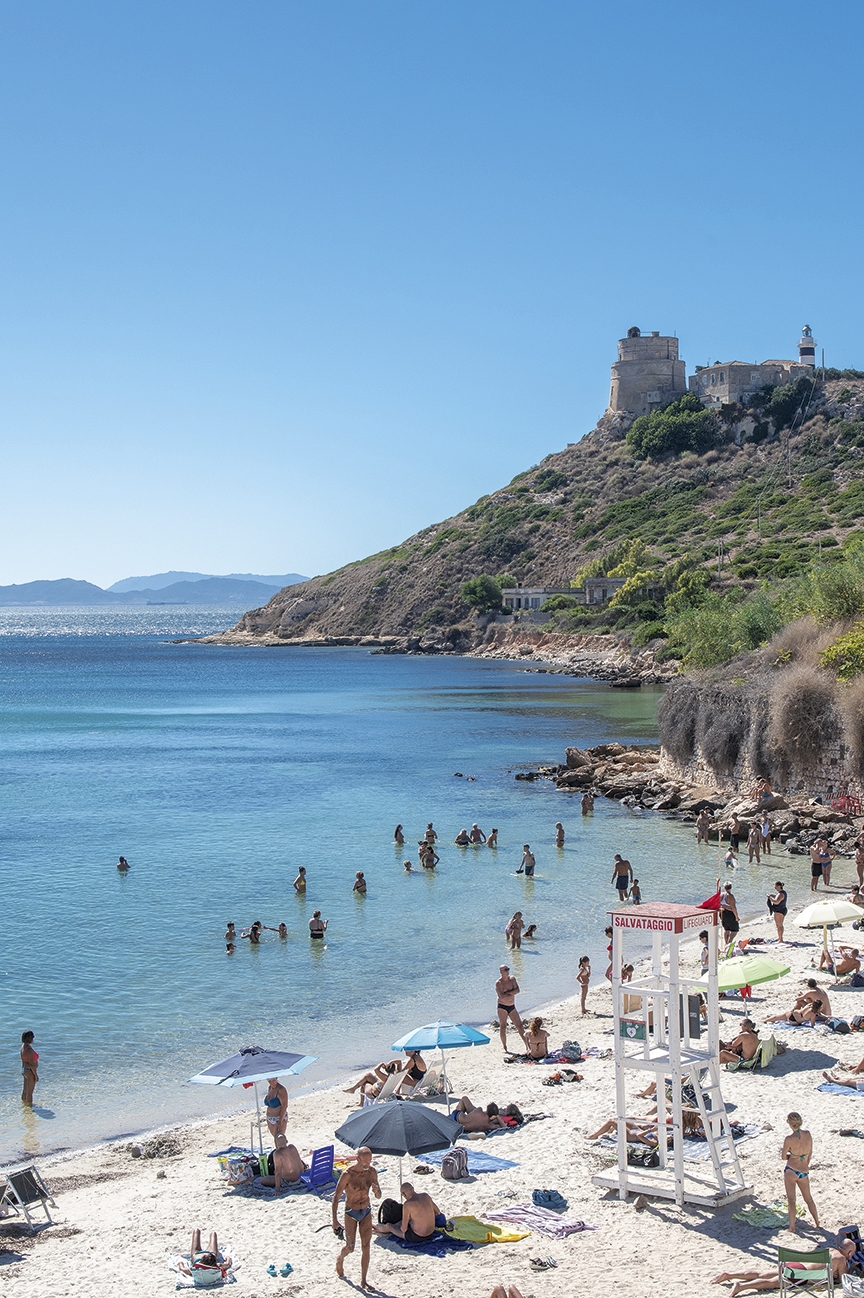
With that decadent charm of port cities, Cagliari is a microcosm of Sardinia’s diversity. It doesn’t exist for tourists but, rather, for workers and students so its beauty is unpretentious. After walking in the chiaroscuro of the citadel’s labyrinthine lanes, under lines of laundry waving in the wind, you re-emerge into the bright esplanade of Bastione Saint Remy, which rewards you with sweeping views of the salt pans and the city below – a messy ensemble of rooftops and domes – with a backdrop of mountains and wind turbines.
The salty embrace of the sea around the city alternates breathtaking cliffs with small gulfs, hidden moorings and endless stretches of sand, like the well-known Poetto, Cagliari’s 8 km-long urban beach. As you motor across the south-west coastline, along the SS195, you’ll want to keep your window open to inhale the refreshing smell of pine trees.
There’s little evidence of Sardinia’s 1.6 million population – even less of its four million sheep – and holiday settlements are discreetly concealed among the trees. ForteVillage is the largest and fanciest – so big that a map is handed out to help you get your bearings among its hotels, villas, tennis courts, pools and 20-plus restaurants. Many of Sardinia’s leading chefs have passed by at some point in their career. Cagliari-born Andrea Putzu has been a regular for 20 seasons, combining international cuisine with a passion for tradition. No wonder bread is his ingredient of choice – a tribute to a regional heritage that counts hundreds of breads.
‘It’s a key ingredient for many of my dishes,’ he says, ‘be it the round loaves of pane civraxiu, the elaborately decorated pane coccoi or the paper-thin pane carasau, which I use to prepare pane frattau.’ In his version of this lasagne-style dish, Andrea soaks the crispy sheets of bread in vegetable broth (lighter than the regular lamb one) and layers them with a fresh tomato sauce and smoked scamorza cheese. He also likes to play with different textures, contrasting the crunchiness of the outside with the melting, soothing softness of the interior.
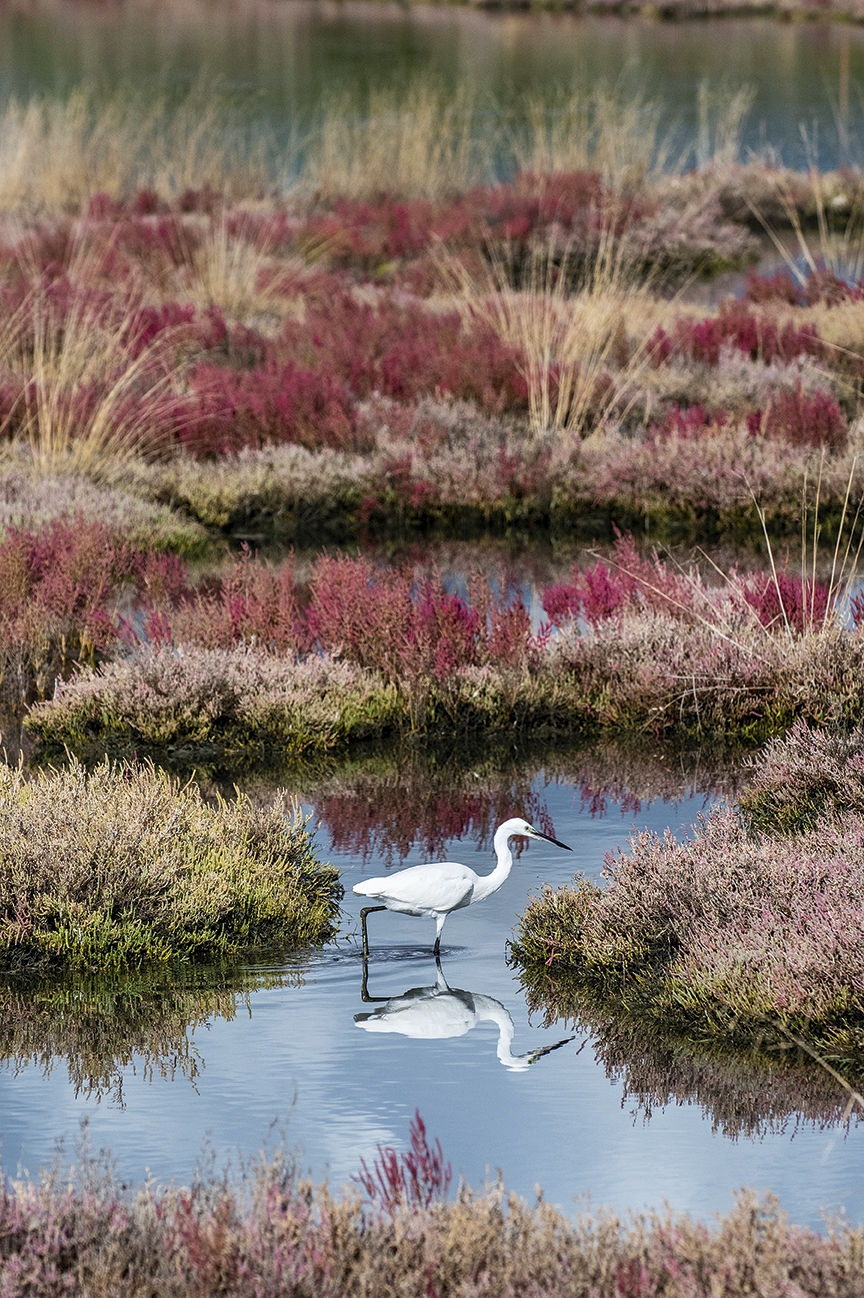
The Phoenician remains of Nora, romantically half-swallowed by the sea, are a stone’s throw away, along with the nature reserve of the Laguna di Nora. Fradis Minoris sits right there, on the rocky causeway that separates the lagoon from the sea. Regardless of its awards – a red and a green Michelin star – the feeling of being up for something spectacular hits the moment you set foot on the path suspended between the two bodies of water. The restaurant is a gastronomic extension of the nature reserve and its fragile ecosystem – the last step of what started off as a monitoring centre for cetaceans and sea turtles, with more than 400 animals having been rescued and rehabilitated.
‘Raising awareness through food is essential these days,’ says chef Francesco Stara, just back from his daily hunt for herbs. ‘This is rock samphire, one of the most common plants of the lagoon; this is glasswort; and those are Mediterranean saltbush buds,’ he continues, pointing at the cuttings on his small metal tray. At the table, something magical happens: each dish captures the smell of the sea breeze, translating it into a new sensation for the taste buds.
For Francesco, who lived abroad for many years, the scents of the island create an intimate bond. ‘This smell was the first sensorial experience I had every time I came back, as soon as the aircraft doors opened. It’s an indelible perfume for my soul.’ His approach is circular, based on a zero-waste policy. Fish come straight from their waters, caught by trustworthy fisherman Mario with traditional methods and respecting natural cycles. Fish bones are recycled for broth, less noble parts are masterfully turned into sea pâté or ragù: environmental awareness on a plate. If it’s true that we are what we eat, it says a lot of good things about these people.
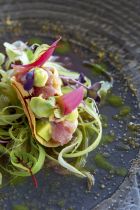
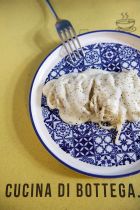
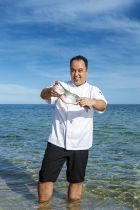
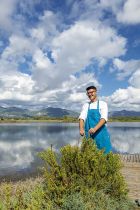
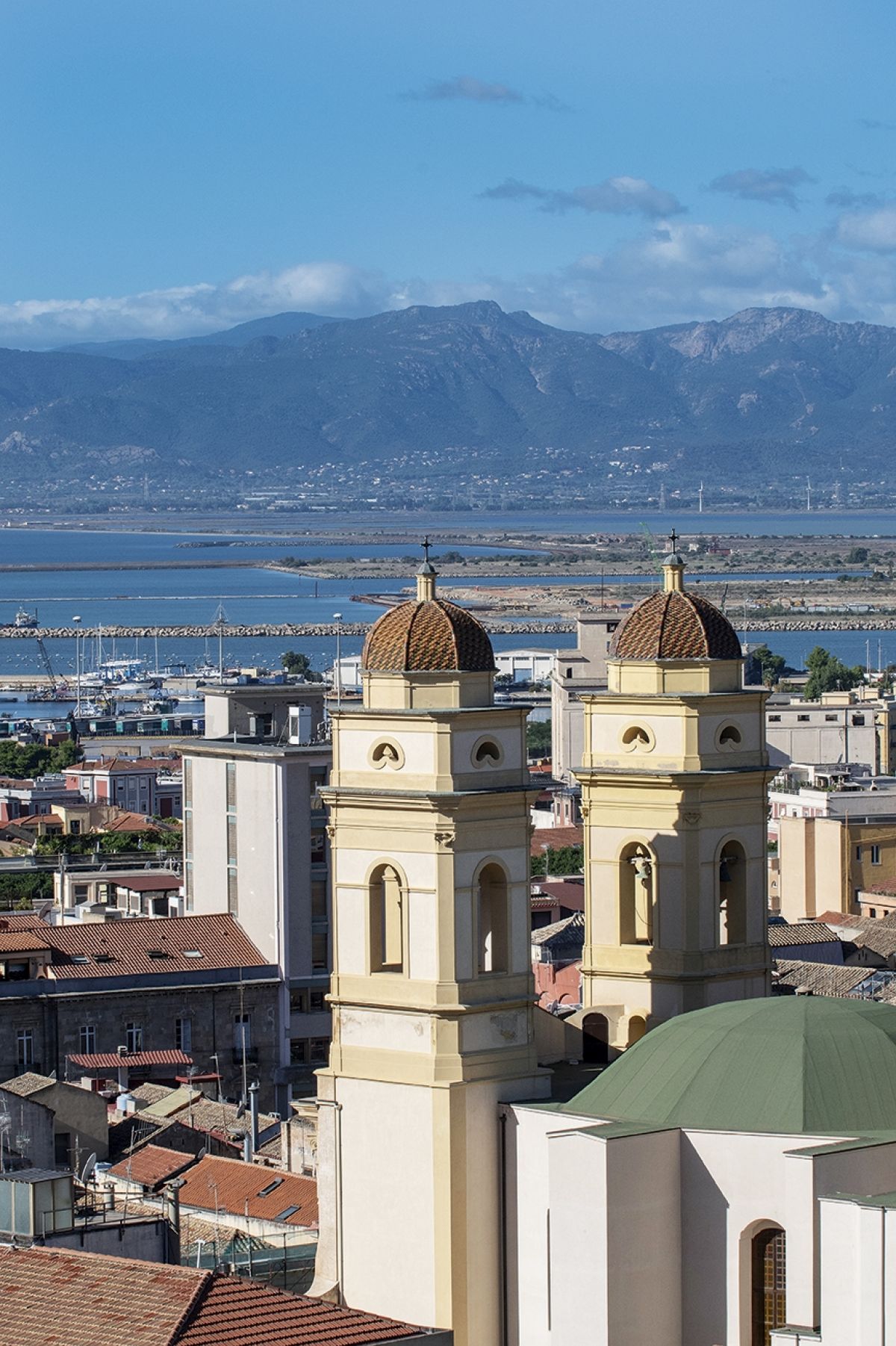
Day 1 Dolianova to Cagliari Explore the countryside and quaint towns north of Cagliari. The agricultural centre of Dolianova is worth a visit for its Romanesque Chiesa di San Pantaleo and the area around Serdiana offers hidden gems such as the Stani Saliu saltwater pond (look out for black-winged stilts and pink flamingos) and the church of Santa Maria di Sibiola. Drive past lagoons – especially beautiful at sunset – on the way to Cagliari.
Day 2 Cagliari Spread across seven hills like a miniature Rome, almost all the city sights are encompassed within its four oldest quarters: Castello (the old citadel), Marina (most of the shops and restaurants), Stampace (Roman amphitheatre and the Orto Botanico garden) and Villanova (with celebrated churches San Saturnino and the Santuario di Bonaria). Panoramic viewpoints include a must-visit spot at Bastione Saint-Remy.
Day 3 Cagliari’s beaches Head to the 8km beach of Poetto stretching from Sella del Diavolo to Quartu Sant’Elena, or drive east of Cagliari for sandy beaches tucked away at Cala Regina, Torre delle Stelle and Solanas.
Day 4 From Cagliari to Nora From Lido di Capoterra make for Capoterra village, the starting point to explore the Iglesiente mountains covered in oak and thick with scented maquis. Back on the SS195 coastal road, head south, driving past Pula and ending at the archaeological town of Nora.
Day 5 Nora to Chia and back Drive to the small town of Chia – once you reach the Pisan watchtower, you’ll see a perfect sandy arc with a small lagoon behind and near the tower are the remains of 4th-century BC Bythia. Retrace your steps to Nora and the Phoenician remains, taking some time at the Laguna di Nora to visit the learning centre with its aquarium and the rescue centre for sea turtles and dolphins.
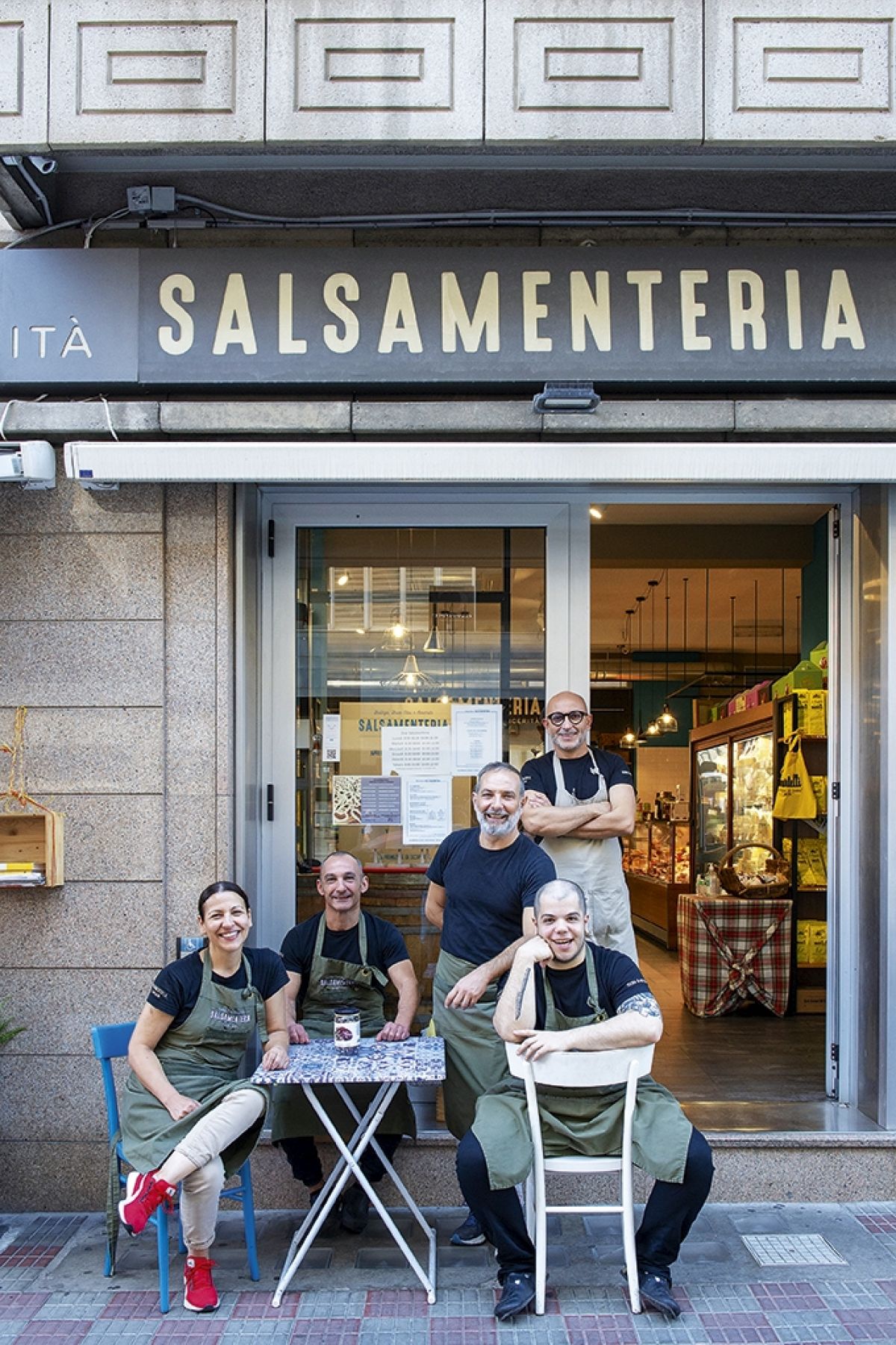
Prices are per person for a three-course meal, excluding drinks, unless otherwise stated
ChiaroScuro Recognised as the best ambassador of inland Sardinia’s food in Cagliari, talented chef Marina Ravarotto masterfully delivers all the classics of her hometown Nuoro as well as more inventive dishes. Start with a plate of selected cured meats (delicacies such as sheep ham, goat sausage and sheep and goat mortadella), carry on with filindeu – one of Italy’s rarest types of pasta, which she makes herself, in a delicate broth – followed by the mouthwatering maialetto arrosto, moist and tender roasted suckling pig (pre-order at the time of your reservation). From £32. Corso Vittorio Emanuele II 380, Cagliari, 00 39 347 963 0924
Fradis Minoris Located on the causeway separating the Laguna di Nora area from the sea, this Michelin-starred restaurant (one red and one green) was the last brainchild of the team of biologists and agricultural experts behind the creation of the learning and monitoring centre of the lagoon. The restaurant is an essential affair and it could not be otherwise – the view over the Phoenician remains of Nora and the Aragonese watchtower, together with the contemporary-style cuisine of chef Francesco Stara don’t need any embellishment. Food is almost viscerally local, from the fish to the aromatic herbs. Five-course tasting menu, £68pp; wine pairing from £51pp. Laguna di Nora, Nora, 00 39 333 349 5001, fradisminoris.it
Le Dune It’s not easy to stand out among ForteVillage’s huge food offering but Cagliari-born Andrea Putzu, head chef of sea-facing restaurant Le Dune, does exactly that. Well aware of the challenges of presenting his regional culinary tradition to a demanding international clientele, Andrea focuses on excellent produce and rare ingredients. Try his fish soup – inspired by gazpacho and thick pappa al pomodoro – with Pula’s autochthonous tomato, tacos made with pane carasau (the customary food of shepherds) or the suckling pig belly. Included for guests on a half or full-board basis, or a £107pp supplement for non-residents (reservation necessary). Località Forte Village, SS195 km 39,600, Pula, 00 39 70 921 8818, fortevillageresort.com
Osteria del Forte One of four restaurants opened recently by Palazzo Doglio, this elegant address sits on the hotel’s secluded piazza. Executive chef Alessandro Cocco loves to surprise guests’ taste buds with his audacious combination of flavours and by mixing meat and fish. Try astice al vapore, his version of Catalan-style lobster, revisited with dehydrated crispy ham and crunchy peaches from nearby San Sperate on passion fruit molasses. From £47. Vico del Logudoro 1, Cagliari, 00 39 70 646 4154, palazzodoglio.com
Salsamenteria Brothers Michele and Fabrizio Cherchi are the duo behind this lively shop-cum-restaurant in the centre of Cagliari. Locals come here for breakfast, lunch and aperitivo – and high-quality, locally-sourced groceries. Chef Alberto Busonera’s pasta dishes are especially tasty, be it the handmade malloreddus with a fresh sausage sauce (prepared by in-house butcher Efisio Atzori) or the quintessentially Roman cacio e pepe – significantly translated into casu e pepe to celebrate the rigorously Sardinian ingredients from fresh tonnarello pasta to an intensely smoky pecorino from nearby Fordongianus. From £22. Via Sidney Sonnino 154, Cagliari, 00 39 70 467 1919
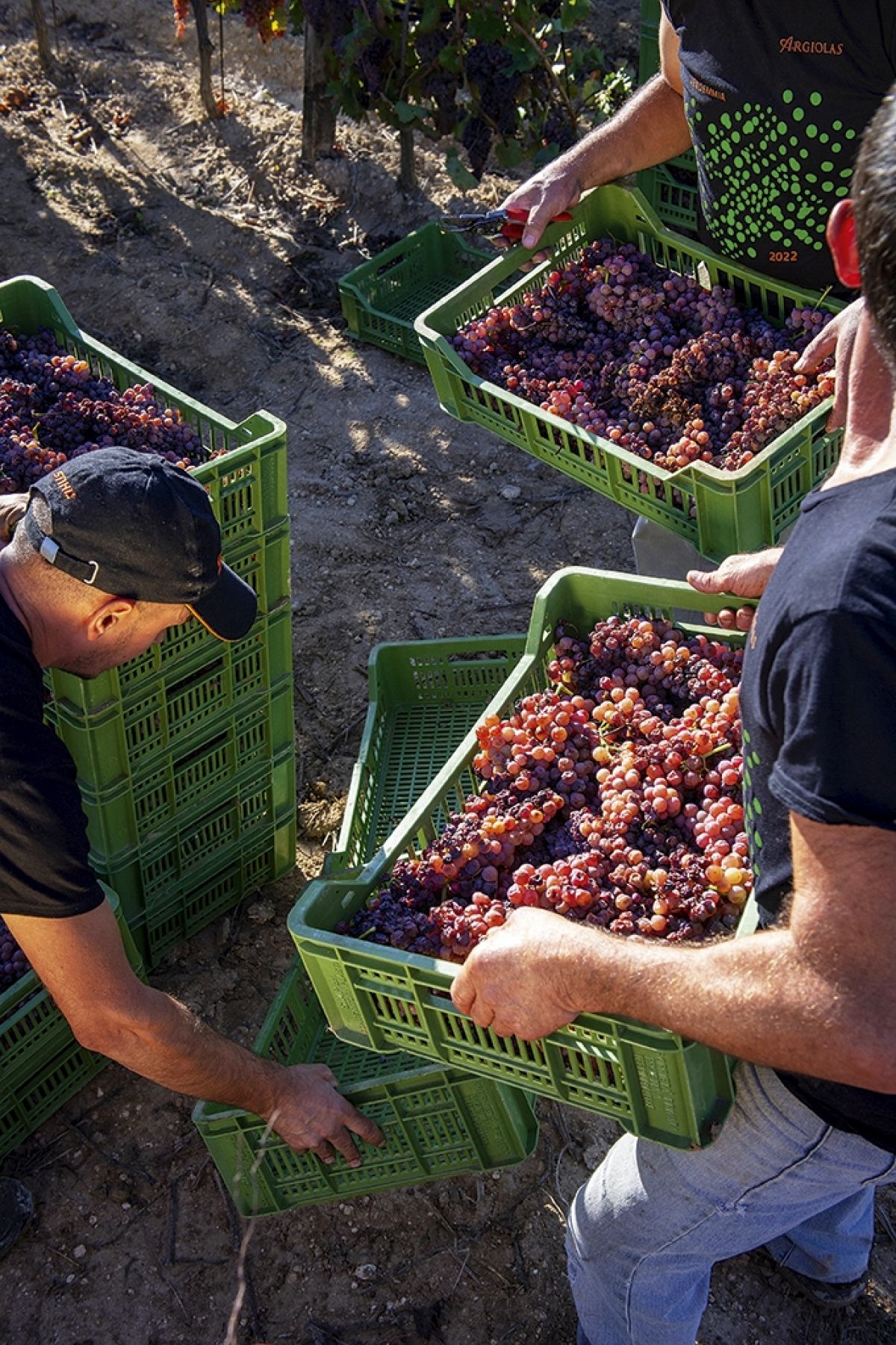
Antonella Corda It was 2010 when Antonella inherited the estate from her mother and reimplanted the vines from scratch. As soon as her labels went on the market six years later, her cannonau was awarded three glasses by Gambero Rosso, Italy’s top wine guide, putting her among the country’s most interesting emerging winemakers. Same thing again this year with her Cannonau Riserva. The estate counts five labels in total, including the fresh, savoury Nuragus made with the autochthonous varietal. Wine tasting from £17pp. Book in advance. Località Pranu Raimondo, SS466 km 6,800, Serdiana,
00 39 70 796 6300, antonellacorda.it
Argiolas Quality over quantity was the motto of founder Antonio Argiolas, who established the winery in 1938 with the aim of creating wines with a strong territorial identity. Over 80 years later, his legacy lives on with his grandchildren Antonio, Francesca and Valentina (recently crowned Female Winemaker of the Year by Corriere della Sera’s 2023 wine guide). Located in the small village of Serdiana, the winery is a harmonious combination of modern technology and traditional architecture. The evocative atmosphere of the barrel cellar is perfect for sipping their powerful Turriga, Sardinia’s benchmark red, which recently celebrated its 30th anniversary. Wine tastings from £25pp. Options include a light trek and picnic to view sights such as a flamingo-dotted lagoon and the Romanesque church of Santa Maria di Sibiola. Book ahead. Via Roma 28/30, Serdiana, 00 39 70 740606, argiolas.it
Ferruccio Deiana A family-owned brand that grew into one of Sardinia’s biggest producers, with exclusive focus on autochthonous varietals – from cannonau
to monica, vermentino to nasco. Besides full-bodied Ajana, the top red of the estate, award-winning Malvasia di Cagliari – a formerly neglected variety that Signor Ferruccio managed to bring back to its former glory – is especially worthy of note, and so is Oirad, a harmonious dessert wine dedicated to son Dario. The vaults and arches of the ageing room and a museum dedicated to rural culture are the highlights of a visit to their winery, immersed in the peaceful countryside near Settimo San Pietro. Wine tastings from £25pp. Book in advance. Località Su Leunaxi, Settimo San Pietro, 00 39 70 749 117, ferrucciodeiana.it

For further information on food and wine trails of Italy, visit italia.it/en
Sponsored by

Subscribe and view full print editions online... Subscribe